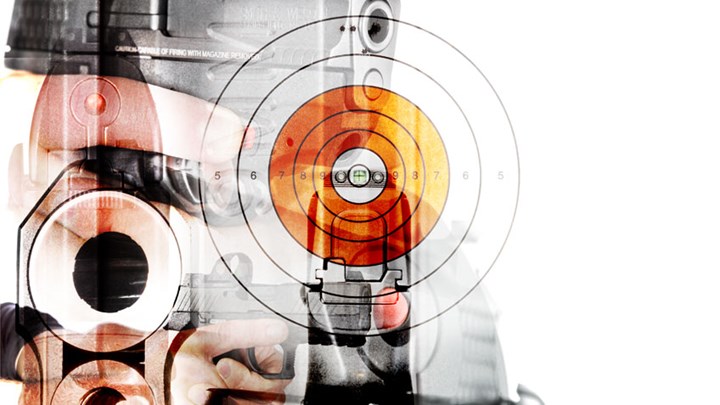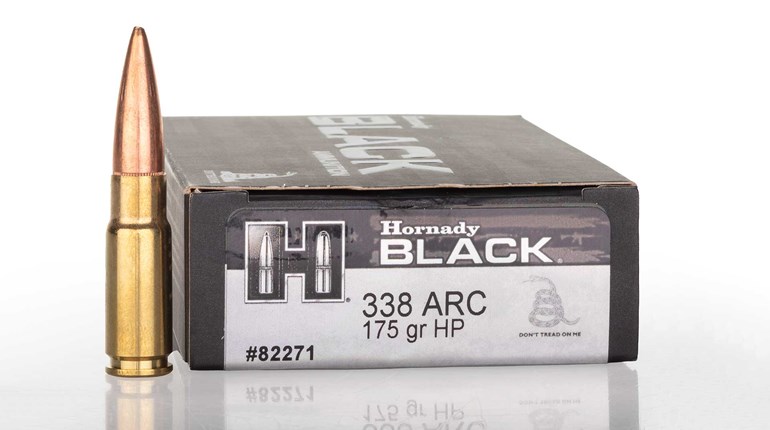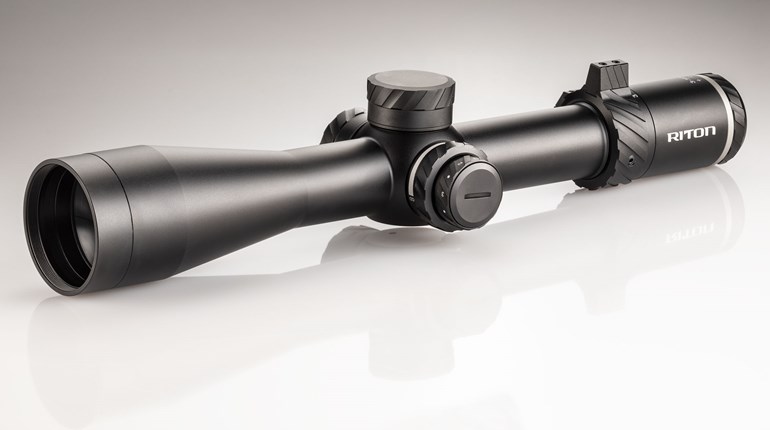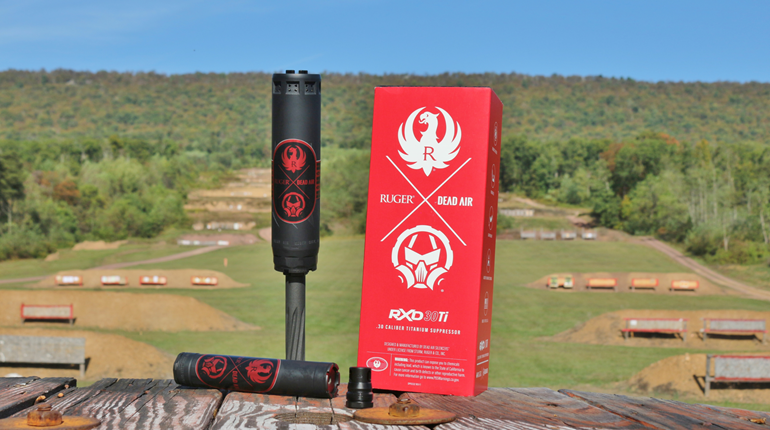
As a career firearms instructor and gun writer, I have shared the firing line with hundreds of thousands of shooters, both new and experienced. Throughout the years I’ve compiled some of the most common errors that I’ve witnessed. Here are five rookie mistakes…that even some experienced shooters make.
1. Leave that scope alone!
While scopes are built to fine specifications, these measurements pale in comparison to the tiny bit of drift (none really) that they can take before they experience a change in zero. I’ve seen shooters take scopes off of their rifles just to get them into a case, or even to “protect” them from airline travel. There are some mounting systems that are meant for this, but not your everyday scope rings. One unfortunate told us that he was taking his scope off so the airline luggage carriers couldn’t be rough with it. He planned on landing in Africa, slapping it back on his rifle and being ready for whatever the bush threw his way. We haven’t seen him on the range since that day... rumor is he was eaten by a Cape buffalo.
2. Shoulder width isn’t the splits
I’ve seen some ridiculous excuses for a pistol stance. A couple of special mentions would include a shooter who crossed their legs because they said it helps to brace themselves, to a dude who would do his best Charlie’s Angels impressions before firing each shot. When it comes to foot spacing you really don’t want your feet too far outside of shoulder width. Once you feel your calves or your quads starting to burn you are no longer building a physically relaxed position, and it certainly isn’t natural. Before I hand a student a pistol I have them stop and look at the way they are standing while they listen to me speak; they shouldn’t be departing too far from an everyday upright position. In other words, the biggest issue shooters have with building a pistol stance is that they go out of their way to build a pistol stance.
3. Speaking of shoulders…
“Pull ‘er real tight into yer shoulda!” For those not familiar with this statement, it’s the sage advice typically uttered after a 13-year-old girl bruises her shoulder from the 12-gauge shotgun that is fitted to her 6’1” father. It seems like good advice, because when a gun bruises a shoulder it’s because it was allowed to travel just a half-inch or so and smack the contact area.
The problem is that pulling the gun hard into your shoulder won’t work if the gun is too big. That’s because the “contact area” of your body won’t be in the right place, and there will be a gap between the gun’s buttstock and the shoulder. Where did that gap come from, you ask? It was created when the body relaxed, just a split second before the recoil started. The harder you are pulling the gun into your shoulder, the more dramatic that relaxation is going to be and the wider the gap and subsequent thump.
If you want to reduce the pain of recoil get a gun that fits you correctly and just maintain consistent contact against your shoulder. The gun should never be aggressively pressed against your body.
4. Cater your party, not your cross-dominant eye
From my records, about one in seven shooters seems to be cross-dominant. All that means is that a right-handed person’s dominant eye is the left one, or a left-handed person whose dominant eye is the right one. That’s a problem, but it’s easy to fix with pistol shooting…and not too tough with shotgun shooting either. However, rifle owners tend to get a bit creative. The worst advice I hear on the range is “you need higher rings.”
This advice is geared towards allowing the shooter to shoot with their cheek resting on top of the stock so that they can get the incorrect eye partially to the optic. The result is improper mounting, a bad cheek weld and a whole lot of neck pain. The solution is as simple as blocking out the dominant eye with a post-it so that the eye closest to the stock can take over, or simply learning how to shoot off of the other shoulder.
5. It’s called a resizing die for a reason
This last one only happened once, but it’s too good to leave out. After watching a father belittle his son for not being able to sight-in his .50 BMG at 300 yards (true story), we noticed that he was frantically catching the brass every time the kid cycled the bolt. When one finally made it to the ground we found out why he was doing his best river dance as he berated the boy one last time before we walked away. His words of wisdom were, and I quote “We can’t reload them if they hit the ground!” First, it’s doubtful that that monstrous case is going to take so much as a ding when it hits the ground. Second, during the reloading process, each case is set back to spec in one simple stroke through a resizing die.
With more than 10 years under my belt as an instructor and nearly that long evaluating guns and ammunition, this is a much-abbreviated list of some of the craziness that I have experienced on the range. While the stories themselves are interesting, nothing is more interesting than the common denominator that they all share and that is: “I do it that way because I was told that’s correct.” All I ask is that they give my advice the same consideration they gave Grandpa’s 40 years ago…because sometimes what you think you know just isn’t so.







































